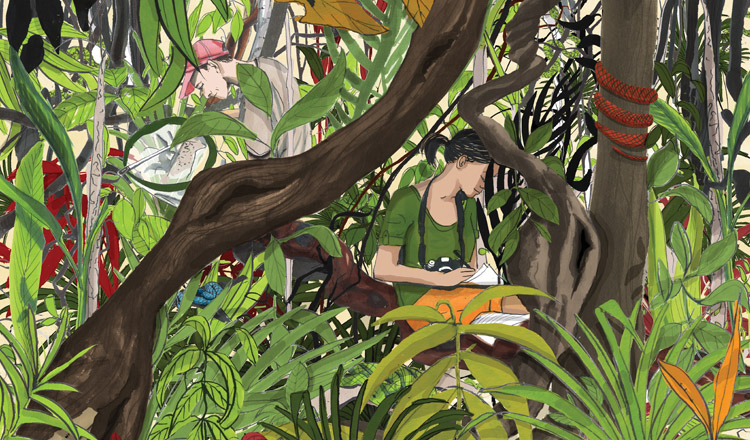The globe-spanning, heart-pounding, life-saving work of academic field research
It’s easy to believe that academic research is all about paging through dusty books or carefully pouring colorful liquids from test tube to beaker. And yes, professors love their libraries and labs. But it’s far from the whole picture.
It turns out that some of Purdue’s brainiest faculty are also adventurers and explorers who have chased down tornadoes, spent weeks isolated in rainforests teeming with poisonous snakes, and come nearly face to face with heavy-breathing polar bears. They do it all not in the pursuit of fame or even fortune — but for knowledge.
In the pages that follow, 10 faculty members walk through what it takes to do their field research and exactly why it matters.
Meet the Researchers
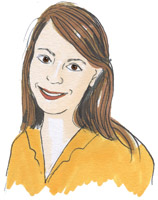
Cathie Aime
professor of botany and plant pathology, travels to Guyana to document and describe new species of tropical fungi
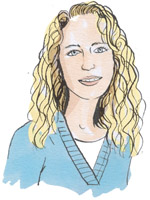
Liz Flaherty
associate professor of wildlife ecology and habitat management, has studied polar bears in Manitoba
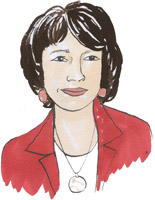
Linda Lee
professor of agronomy, has studied river quality and its effect on fish populations in Pakistan
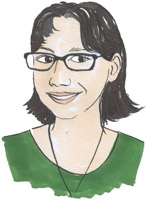
Robin Tanamachi
assistant professor in the Department of Earth, Atmospheric, and Planetary Sciences, studies severe storms and tornadoes
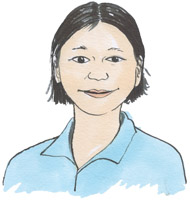
Zhao Ma
associate professor of natural resource social science, studies natural resource decision making in small communities in Bolivia and Peru
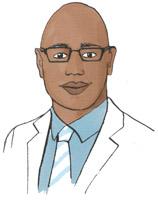
Kevin Solomon
assistant professor of agricultural and biological engineering, develops more efficient microbial chemical factories that sustainably produce fuels and medicines
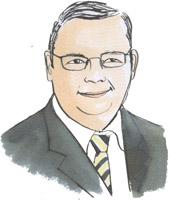
Wayne Wright
associate dean for research, graduate programs and faculty development in the College of Education, has done research in Cambodia to help expand multilingual education and create engaging books for schoolchildren
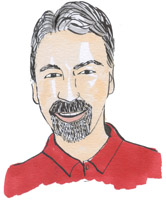
Nathaniel Lifton
associate professor in the Department of Earth, Atmospheric, and Planetary Sciences, studies isotopes produced by cosmic rays in Antarctic rocks to understand effects of past climate changes on the processes that have shaped the modern landscape
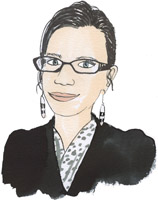
Laura Zanotti
associate professor of anthropology, has spent more than a decade working with the Kayapó, indigenous peoples in Brazil
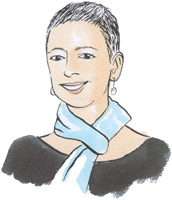
Michele Buzon
professor of anthropology, travels to Sudan to excavate and analyze human skeletal remains from archaeological sites
It helps to start with a big dream
Studying fungi can be lonely work, admits Cathie Aime, the sole traditional mycologist at Purdue. The statistics back her up: across the field, about 60 times more researchers study plants than fungi, despite the fact that there are vastly more species of fungi than plants in the world.
While some might find that ratio discouraging, Aime says that this gap means she has plenty to explore — and the potential payoff can have a world-changing impact. “Penicillin? That came from a fungus,” she says.
Also from fungi: Cyclosporine, a drug that helps prevent organ rejection in transplant patients, and Antabuse, medication used to combat chronic alcoholism. The compounds that some fungi produce have been shown to break down plastics and even help clean up polluted industrial sites.
The potential for discovering a species with compounds that might just transform the human world is one of the reasons Aime has spent two decades traveling to isolated and inhospitable environments around the globe to collect and identify fungi. “They’re so biologically rich and diverse,” she says. “They offer possibilities we can’t even dream of yet.”
For Wayne Wright, expanding education to a wider group of students has fueled much of his life’s work. He’s spent significant time in remote areas of Cambodia doing just that.
As part of his work there, he’s taken his share of dusty 12-hour bus rides, traveled long stretches of unmarked roads, and occasionally helped push his van out of an enormous pothole, all in service of the larger goal of helping students and teachers get the education and books they need. “You see these schools that might have 60 kids, one teacher, a book, and a broken chalkboard,” he says. “The teachers really want to teach, and the students really want to learn. When you teach students in a language they can understand and get a few more books in the hands of kids, it energizes you. You can see how far students and teachers can go, even with limited resources.”
And just the right combination of elements to sustain your work.
Intellectual drive and financial support.
“Why do I do work in Peru? Well, there are interesting questions to be answered. Funding is definitely a factor too!”
—Zhao Ma
Permits and logistics.
“There are so many things that have to come together. First, research funding. We also need to get permits from the Antiquities Department in Sudan. Then, there’s just the logistics: when I first started doing this research, getting to the site once we were in Sudan was 18 hours of driving through the sand.”
—Michele Buzon
A little bit of luck.
“A Pakistan collaborator and I wrote and submitted a proposal to do work on a project in Pakistan, but she told me, ‘It probably won’t get funded because there are a lot of political things related to these projects — they all go to a particular province, and they don’t come to my province.’ But they did pick us!”
—Linda Lee
The work can get your adrenaline pumping
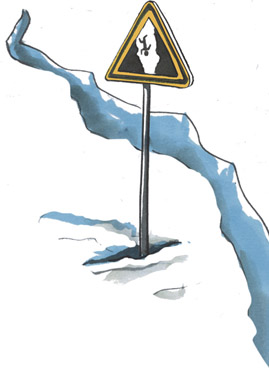
“Crevasses— fractures in ice that can be hundreds of feet” deep and hidden by snow — are a big hazard in Antarctica. We worked with an experienced mountaineer guide and high-resolution satellite imagery to make sure we didn’t drive — or fall — into a crevasse.”
—Nathaniel Lifton
“There are hundreds of species of poisonous snakes in Guyana. We do have to worry about snake bites because one could be fatal before we could get somebody to evacuate us. Taking antivenin is impractical and inefficient because it needs to be kept cold, and it needs to be specific to the species. That’s why we take snakebite extractors and charcoal. I’ve had lots of emergency medicine training.”
—Cathie Aime
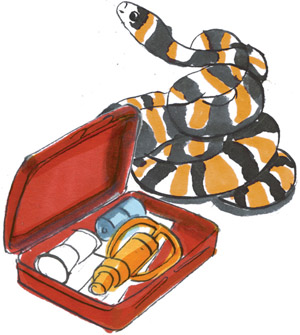
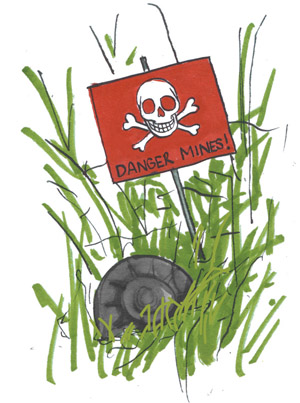
“There were land mines all over some of the areas we were at in Cambodia. But they were pretty much cleared from the school zones. You know, as long as we weren’t wandering off the roads.”
—Wayne Wright
“As a woman and a visible foreigner who often travels alone, I follow certain safety practices. I make sure the individuals I work with are trusted and recommended by my Brazilian colleagues. I change the rhythms of how I might move through a city based on whether it’s day or night. If I’m going to a new place, I ask around about it.”
—Laura Zanotti
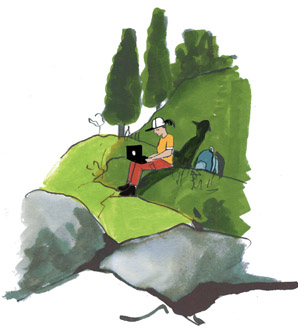
Or activate your gag reflex.
“As part of our work, we use rumen fluid from freshly butchered cattle. We pull out the rumen (digestion chamber) contents, put it in a mop bucket, and wring it out. We actually have to boil the liquid, so for an hour or two every other week, you’ll walk by our lab, and you’ll think you’re at a farm.”
—Kevin Solomon
But sometimes, you’ll look up and realize that no office job can compete with this.
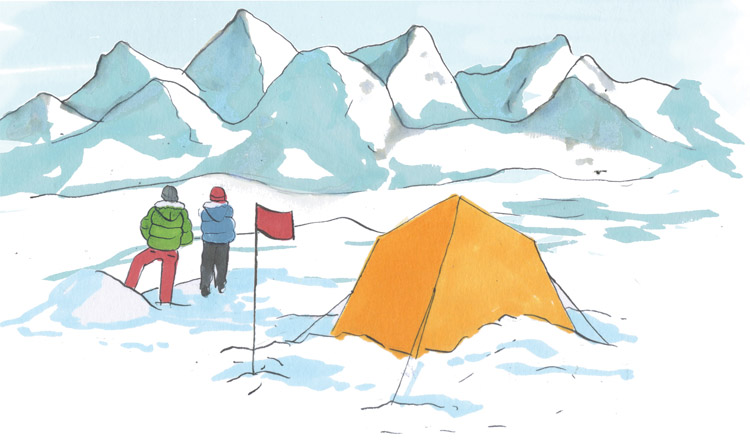
“Standing in the mountains in our Antarctic field area, we realized that they’re so remote that perhaps only a handful of people had ever been there, and even then, they probably weren’t standing exactly where we were. It’s amazing to feel like an explorer.”
—Nathaniel Lifton
The days and weeks can be long …
In some ways, research can seem like an inviting break from other academic responsibilities, but faculty themselves share the truth: research is anything but a break.
When Cathie Aime is in the remote Guyanese tropics, for example, she and her team work from dawn to dusk to collect fungi. When not even 12 hours of daylight is sufficient, they’ll strap on headlamps to keep working.
Zhao Ma works with faculty colleagues, graduate students, and postdoctoral fellows in Bolivia and Peru, sometimes spending up to 14 hours a day traveling to people’s homes and farm fields to interview them. Her team had to climb up mountains by foot to get to their interviews.
And the days can pile up. For storm chaser Robin Tanamachi, the tornado season that sprawls across a wide range of Midwestern states for a just few weeks each spring means that she and her students may be driving hundreds of miles daily to get to the next hotspot for data collection.
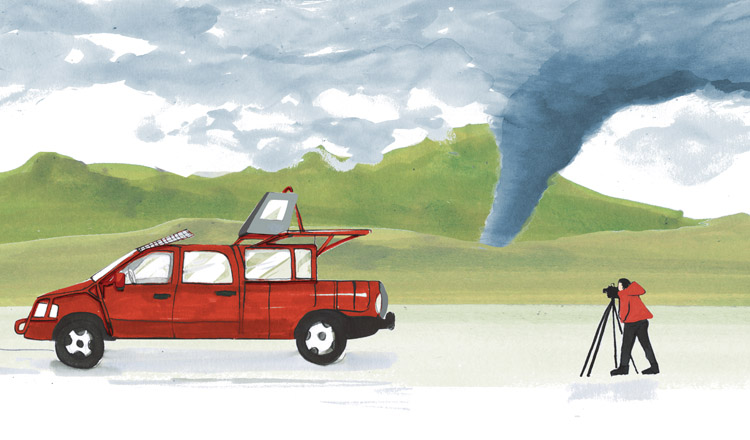
“We might be driving across two states in one day, then operating for two days in a row,” she says. “There are moments that make that worth it! But it can also be incredibly fatiguing.”
… not to mention the fact that ‘office politics’ don’t disappear, even when you’re halfway around the world.
“A lot of academics are unprepared for the personnel management of their team. We learn the research; we learn the methods of collecting data; but we don’t take classes in human resources! So much of whether or not a project is successful is how well teams get along.”
—Michele Buzon
Sometimes, you’ll spend days or months pursuing a plan that turns out to be a dead end …
From the press releases and journal articles, it might seem that researchers pile up success after success. But every researcher, even the brainiest and most hardworking, faces setbacks small and large.
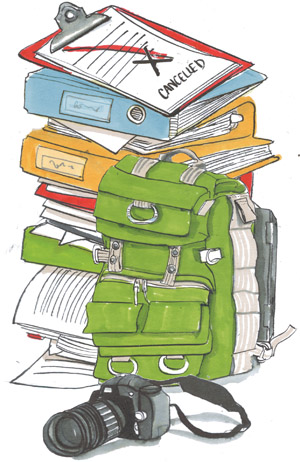
Zhao Ma, for example, may spend hours and hours to get to a remote home, where she hopes to talk with a farming or pastoral family about their work, but the family isn’t home. Worse, an afternoon’s or even a day’s worth of effort may vanish when her request for an interview is answered with a firm “no.”
Bigger ideas can change unexpectedly, too. Liz Flaherty spent 10 days on a Tundra Buggy in Manitoba, Canada, photographing polar bears that appeared to be losing weight due to a climate-changed environment. She and others planned to use 2D photogrammetry methods to measure the bears’ weights. While these methods did not work out as expected, Flaherty and her collaborators are exploring other solutions. “We’ve moved on to a new project to get at the question a different way,” she says.
And sometimes, you have to sustain yourself with smaller victories.
“Doing research in Pakistan is challenging for those who work there. There might be just five hours of electricity a day, and if there are samples in a freezer, that lack of electricity can end up compromising the research integrity. Corruption is a problem, too. A researcher might get a grant, but the funding might never arrive because people higher levels up snatch up the money. But I’m proud of the work we have been able to do there, including the impact on some of the students at the University of Peshawar. We’re helping to train students and helping them get funds for them to do their research. Several students will graduate because of the project we did.”
—Linda Lee
Still, there are ways to find joy in every moment.
“Sometimes you go to someone’s house — they have practically nothing, but they still try to serve you whatever small things they have, like sweets or tea — and they tell you their story. They might get angry or frustrated or emotional. But you really establish that human contact. Then your study isn’t just a study on paper anymore.
It’s real. That human contact gives
meaning to what I do.”
—Zhao Ma
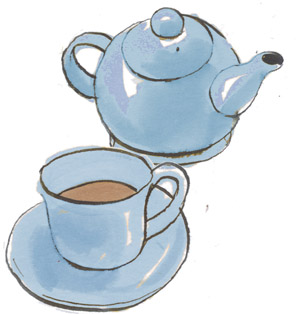
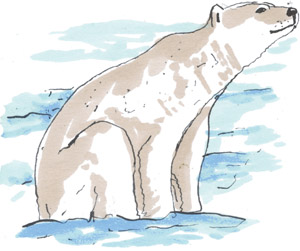
“To see wild polar bears in their native habitat? I didn’t think twice before I said yes. The Tundra Buggies have a little observation deck that is more than six feet off the ground. A bear can walk right up to the vehicle or go under the deck beneath your feet. You can see them trying to figure out what’s going on with the buggy. They were so close we could hear them breathe.”
—Liz Flaherty
In the end, you can pursue work unlike any other.
There’s no question that field research offers a roller coaster of highs and lows, of victories and defeats. And the researchers will keep coming back not only because of the adventure but also because the quest for knowledge so fully engages them. “The scientific challenge and the opportunity to help solve grand challenges are interesting,” says Kevin Solomon.
Indeed, says Robin Tanamachi, some of the most gratifying moments have come long after the pulse-pounding tornado winds have passed. “There’s often a moment, months later, where we’re perusing the data, and we notice something novel that sets it apart from every other data set that’s been collected in the past. That’s the real eureka moment. It might be three in the morning, the week before a conference presentation. But to find out new information about tornadoes in the data? That’s gratifying.”
And Laura Zanotti, whose years working with the Kayapó people in Brazil have propelled her academic work, says it’s a true privilege to make her travels and work with others the focus of her career. “I learn a lot about quality of life and well-being from different perspectives. It’s inspiring to think about and advocate for what it means to live a good life. It’s why I love the work that I do.”

